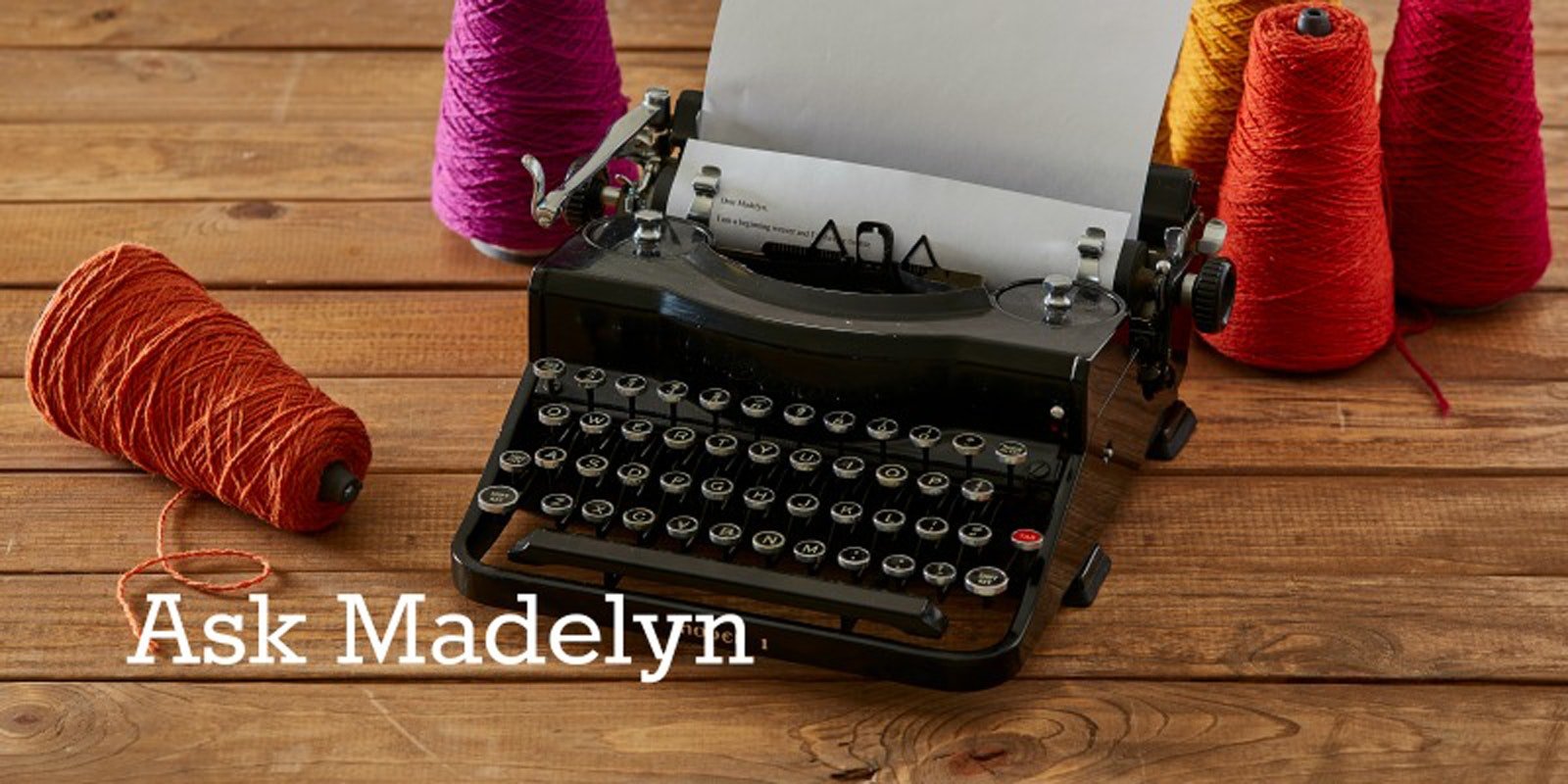Hi Madelyn!
I am planning to weave Tom Knisely’s Overshot Rug (March/April 2007, pages 32–34). His warping instructions are for front-to-back warping, but I usually warp back to front (I’m a new weaver, though, so would be willing to learn other methods for how to warp a loom).
Is there any particular reason I should use front-to-back warping for this rug?
—Sarah
Hi Sarah!
The warp of the overshot rug is all one color with one working end (2 strands used together) of 8/4 cotton. Since each doubled end is sleyed 1/dent, warping should be very simple and straightforward no matter which method is used.
Warping front to back means sleying the reed first and then threading and beaming. To thread, the weaver sits behind the shafts and takes the ends one at a time from each dent, working from one side of the warp to the other. If more than one thread is sleyed in a dent, if the yarns are twisty or sticky, and/or if there are more than 2 in each dent, the threads can twist or stick together when they try to separate at the heddles during beaming. In these cases, a process called transferring the cross helps keep the threads in order but adds a step to front-to-back warping. Back to front warping can therefore be a more efficient choice for warps like these.
Usually, the warping method you choose depends either on what you are most used to doing (and therefore do best) or on the position that is most comfortable for threading your particular loom, either sitting at the front of it (with back-to-front warping) or at the back (front-to-back warping).
There is a third method that works well for very fine or very sticky warps called back-to-front warping with two crosses. One of the crosses is a raddle cross. The threading cross is at the opposite end of the warp. The warp is beamed passing through the raddle only (so it does not have to make an individual cross passing through lease sticks). When the warp is fully beamed, the threading cross at the other end arrives between the back beam and the shafts. Lease sticks are inserted in it and the shafts are threaded, taking the threads one at a time from the lease sticks.
—Madelyn

